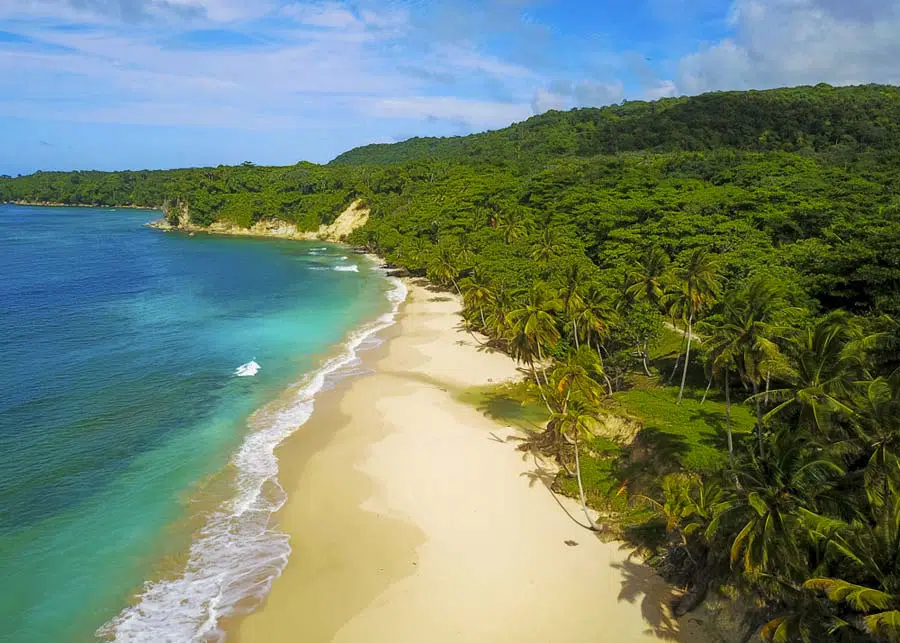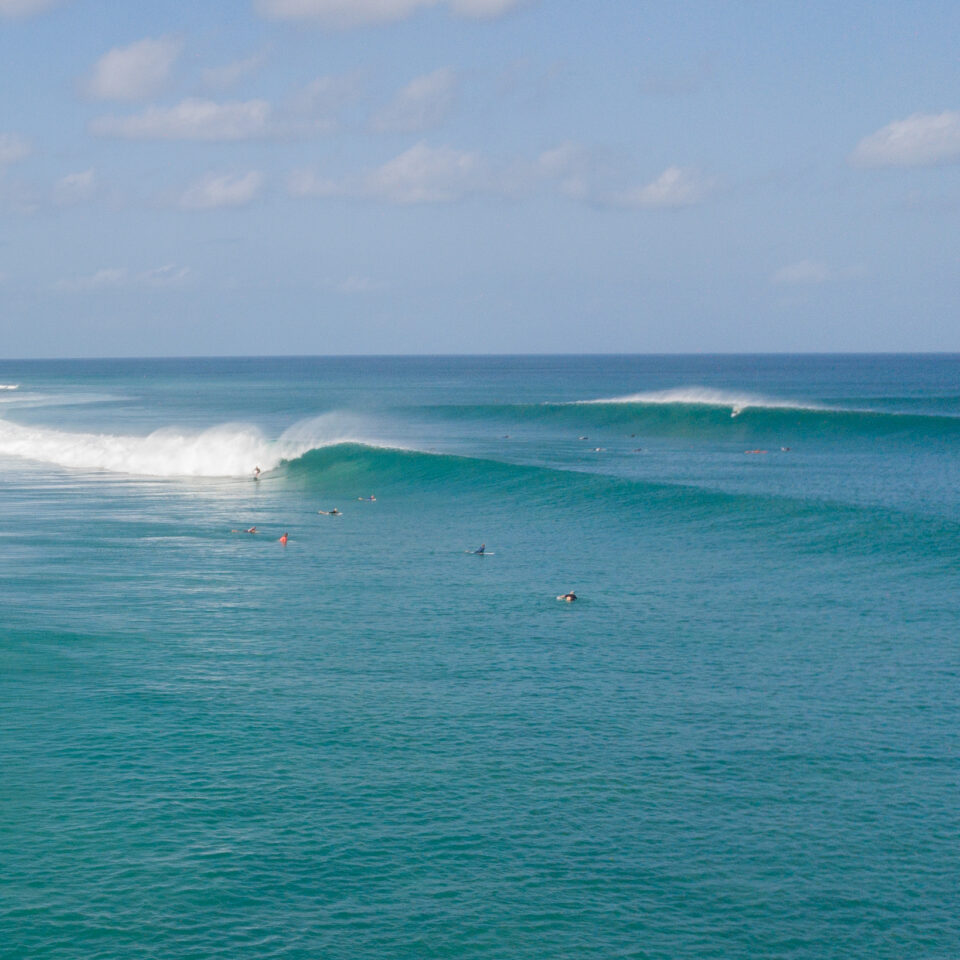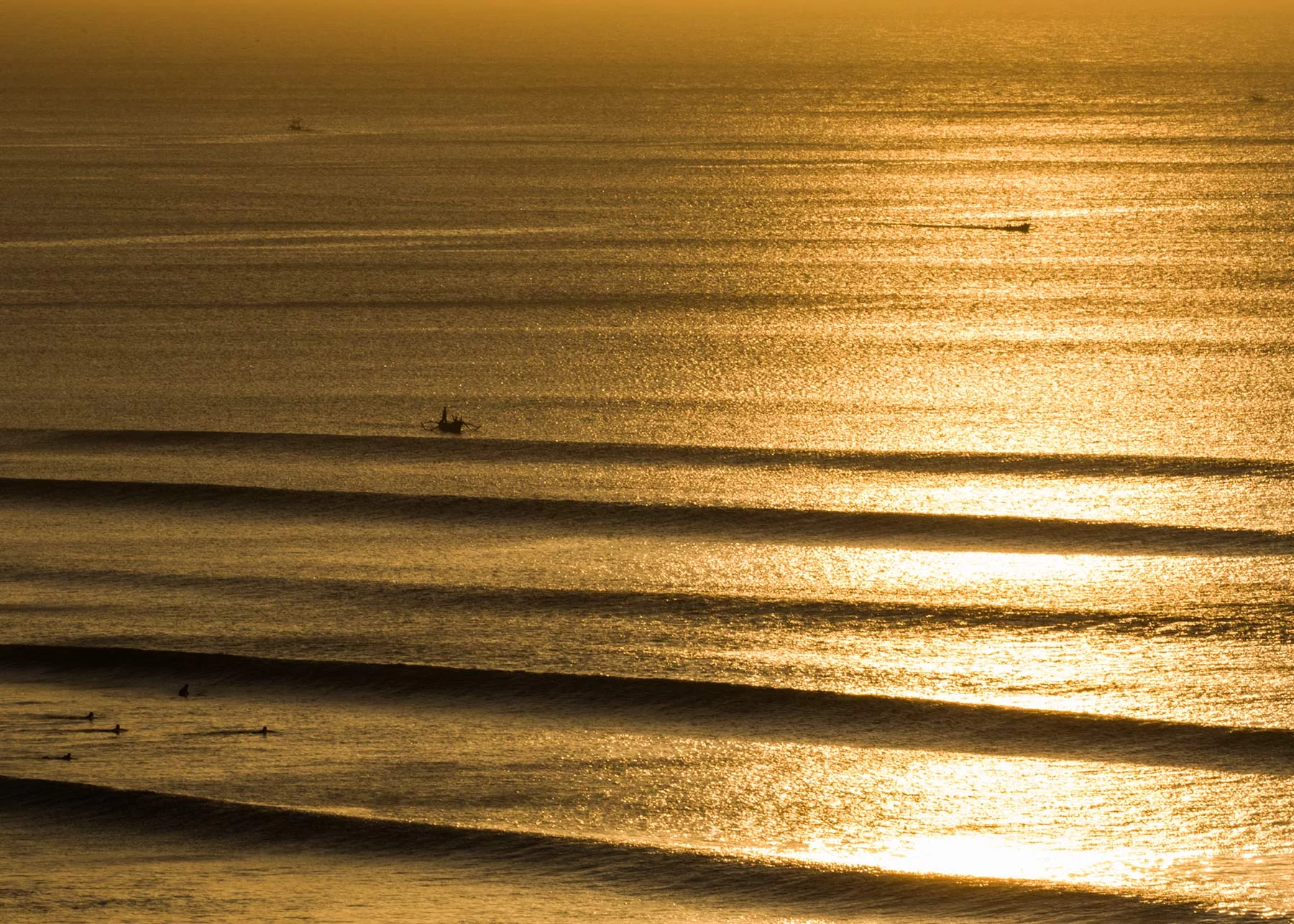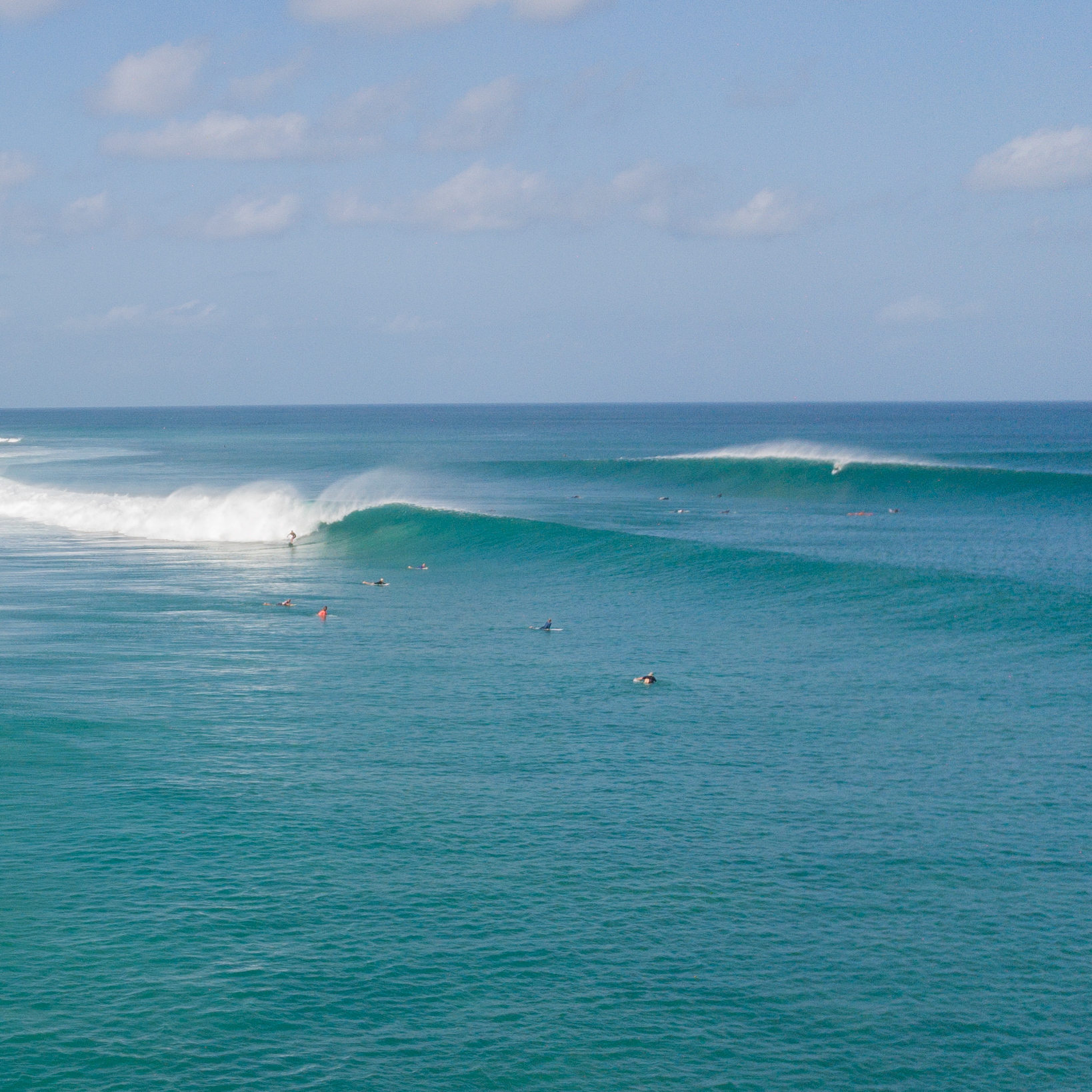The Ultimate Surf Guide to the Dominican Republic
Quick Stats: 600+ miles of coastline | Year-round 75-85°F water | 250+ surfable days annually | Consistent trade wind swells
The Dominican Republic’s northern coastline represents one of the Caribbean’s most underrated surfing destinations. While crowds flock to Hawaii and Costa Rica, savvy wave riders are discovering world-class breaks along this tropical paradise’s Atlantic-facing shores. From the legendary barrels of Playa Encuentro to the long, peeling waves of Cabarete, the north coast offers something for every skill level.
This comprehensive guide explores everything you need to know about planning your surf adventure in this Caribbean haven, from optimal wave seasons to local accommodations and cultural experiences that make each trip unforgettable.
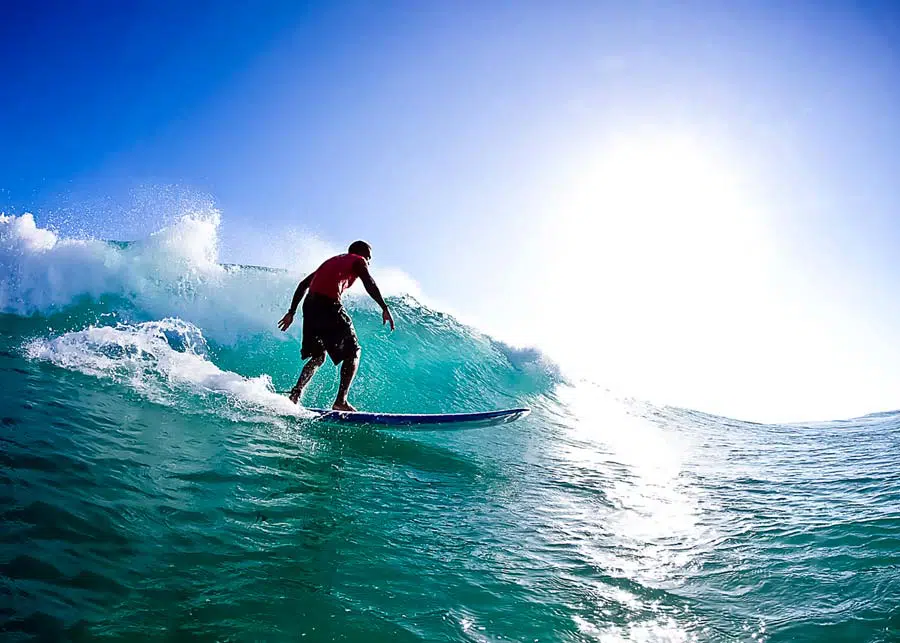
Prime Surf Spots: Where the Magic Happens
🏄♂️ Playa Encuentro
Wave Type: Beach break with reef sections
Skill Level: Intermediate to Advanced
Best Conditions: NE swells, offshore winds
Peak Season: November – April
The crown jewel of Dominican surfing, featuring powerful barrels and consistent waves ranging from 3-8 feet. Home to multiple international surf competitions.
🌊 Cabarete Bay
Wave Type: Beach break
Skill Level: Beginner to Intermediate
Best Conditions: Cross-shore trades
Peak Season: December – March
Perfect learning waves with a vibrant beach town atmosphere. Ideal for beginners with multiple surf schools and equipment rentals.
⚡ La Preciosa
Wave Type: Reef break
Skill Level: Advanced
Best Conditions: Large N swells
Peak Season: January – March
A challenging right-hand reef break that produces some of the Caribbean’s most powerful waves. Not for the faint of heart.
🏖️ Playa Dorada
Wave Type: Beach break
Skill Level: All levels
Best Conditions: Smaller N swells
Peak Season: October – May
Gentle, forgiving waves near Puerto Plata. Great for families and those seeking a more relaxed surf experience.
Seasonal Wave Patterns & Optimal Timing
Annual Surf Season Overview
Winter (Dec-Feb)
Spring (Mar-May)
Summer (Jun-Aug)
Fall (Sep-Nov)
The north coast receives its most consistent swells during the winter months when North Atlantic storm systems generate powerful groundswells. These travel across the Atlantic and arrive as clean, organized waves perfect for surfing. Spring maintains good consistency with slightly warmer conditions, while summer brings smaller but more manageable waves ideal for learning.
Hurricane season (June through November) presents a double-edged sword. While tropical systems can produce exceptional surf, they also bring unpredictable weather patterns. However, many experienced surfers target the shoulder periods of this season for uncrowded waves and dramatic conditions.
Wave Height & Conditions Analysis
| Month | Avg Wave Height | Water Temp (°F) | Wind Direction | Surf Days |
|---|---|---|---|---|
| January | 4-6 ft | 77°F | NE | 28 |
| February | 3-5 ft | 76°F | NE | 25 |
| March | 3-5 ft | 77°F | NE | 26 |
| April | 2-4 ft | 79°F | E-NE | 23 |
| May | 2-3 ft | 81°F | E | 20 |
| June | 2-4 ft | 83°F | E-SE | 18 |
| July | 2-3 ft | 84°F | E | 16 |
| August | 2-4 ft | 85°F | E-SE | 19 |
| September | 3-6 ft | 85°F | Variable | 21 |
| October | 3-5 ft | 83°F | NE-E | 22 |
| November | 3-5 ft | 81°F | NE | 24 |
| December | 4-6 ft | 79°F | NE | 27 |
Accommodation Options: From Budget to Luxury
The north coast offers diverse lodging options catering to every budget and preference. From beachfront surf camps to luxury resorts, finding the perfect base for your wave-riding adventure is straightforward.
Surf-Focused Accommodations
| Property Type | Price Range (USD/night) | Surf Access | Best For |
|---|---|---|---|
| Surf Hostels | $15-35 | ⭐⭐⭐⭐⭐ | Budget travelers, solo surfers, meeting locals |
| Beachfront B&Bs | $45-85 | ⭐⭐⭐⭐ | Couples, personalized service, local experience |
| Surf Camps | $75-150 | ⭐⭐⭐⭐⭐ | Beginners, all-inclusive packages, lessons |
| Boutique Hotels | $120-280 | ⭐⭐⭐ | Comfort seekers, amenities, dining options |
| Luxury Resorts | $200-500+ | ⭐⭐ | High-end travelers, full-service experience |
Equipment & Lessons
The north coast boasts numerous surf shops and schools, particularly concentrated in Cabarete and Puerto Plata. Most offer quality equipment rentals and professional instruction. Board rentals typically range from $20-40 per day, while group surf lessons start around $50-75 per session.
Several internationally recognized surf schools operate year-round, staffed by certified instructors who understand local conditions intimately. Many offer multi-day packages combining accommodation, meals, and unlimited lessons for comprehensive surf experiences.
Local Culture & Beyond the Waves
What sets this Caribbean destination apart extends far beyond exceptional waves. The rich cultural tapestry weaves together Taíno indigenous heritage, Spanish colonial influence, and African traditions, creating a vibrant society that welcomes visitors with genuine warmth.
Cultural Highlights
Puerto Plata’s historic center showcases colonial architecture dating back to the 16th century, while the famous cable car offers breathtaking panoramic views of the coastline. Local markets burst with tropical fruits, handcrafted goods, and the aromatic spices that define Dominican cuisine.
Music permeates daily life, from bachata’s romantic rhythms to merengue’s infectious energy. Evening gatherings often feature impromptu dance sessions, and visitors frequently find themselves swept into the celebration. This musical heritage runs so deep that many consider it inseparable from the national identity.
Culinary Adventures
The local gastronomy reflects the island’s diverse influences, featuring fresh seafood, tropical fruits, and aromatic spices. Beachside establishments serve grilled fish caught that morning, while street vendors offer traditional snacks like tostones and empanadas. The famous mamajuana, a local herbal drink, provides the perfect way to celebrate a successful surf session.
Transportation & Logistics
Getting There
Primary Airport: Gregorio Luperón International (POP) – Puerto Plata
Distance to Surf Spots: Cabarete (15 minutes), Encuentro (25 minutes)
Alternative Airport: Santiago (STI) – 45 minutes to coast
Major Airlines: American, Delta, JetBlue, United (direct from US)
Rental cars provide maximum flexibility for exploring different breaks, with rates starting around $35-50 per day. However, many surf-focused accommodations offer shuttle services to popular spots. Motoconchos (motorcycle taxis) represent an adventurous and economical local transport option, though they’re best suited for shorter distances.
Essential Packing List
The warm tropical climate means minimal equipment requirements. A 2-3mm wetsuit might be comfortable during winter months, though many surfers go without. Reef-safe sunscreen is crucial, as is a quality rashguard for extended sessions. Don’t forget a first-aid kit, as remote breaks may be far from medical facilities.
Safety & Local Etiquette
Ocean safety remains paramount when exploring new breaks. Local surf schools and experienced guides provide invaluable knowledge about currents, reef hazards, and optimal tide conditions. Many spots feature coral reefs that demand respect and careful navigation.
The surfing community here embraces visitors warmly, but observing basic surf etiquette enhances everyone’s experience. Respecting locals’ wave priority, keeping beaches clean, and supporting local businesses helps maintain positive relationships between visitors and residents.
Medical & Emergency Information
Puerto Plata offers modern medical facilities, while smaller coastal towns have basic clinics. Travel insurance covering water sports activities is highly recommended. Most resorts and surf camps maintain relationships with English-speaking medical professionals familiar with surfing-related injuries.
Environmental Considerations
Protecting this pristine coastal environment ensures future generations can enjoy these incredible waves. Choose reef-safe sunscreens, participate in beach cleanups, and support eco-conscious local businesses. Many surf schools actively promote environmental awareness, incorporating conservation education into their programs.
The coral reefs that create many of the area’s best breaks face pressure from climate change and development. Responsible tourism practices, including proper anchoring techniques and coral-safe products, help preserve these natural treasures.
Planning Your Perfect Surf Trip
Timing your visit depends largely on your skill level and wave preferences. Advanced surfers targeting powerful winter swells should book December through March, while beginners might prefer the gentler conditions of late spring and early summer.
Budget approximately $100-150 per day for mid-range accommodations, meals, and activities, though costs can vary significantly based on choices. All-inclusive surf packages often provide better value, especially for first-time visitors unfamiliar with local options.
Consider staying at least a week to fully experience the variety of breaks and cultural offerings. This allows time to adapt to local conditions, explore different spots, and truly immerse yourself in the laid-back Caribbean lifestyle that makes this destination so special.
Ready to Experience Caribbean Wave Riding?
The Dominican Republic’s north coast offers an unbeatable combination of consistent waves, warm water, rich culture, and affordable prices. Whether you’re a beginner looking to catch your first wave or an experienced surfer seeking new challenges, this tropical paradise delivers unforgettable experiences both in and out of the water.
